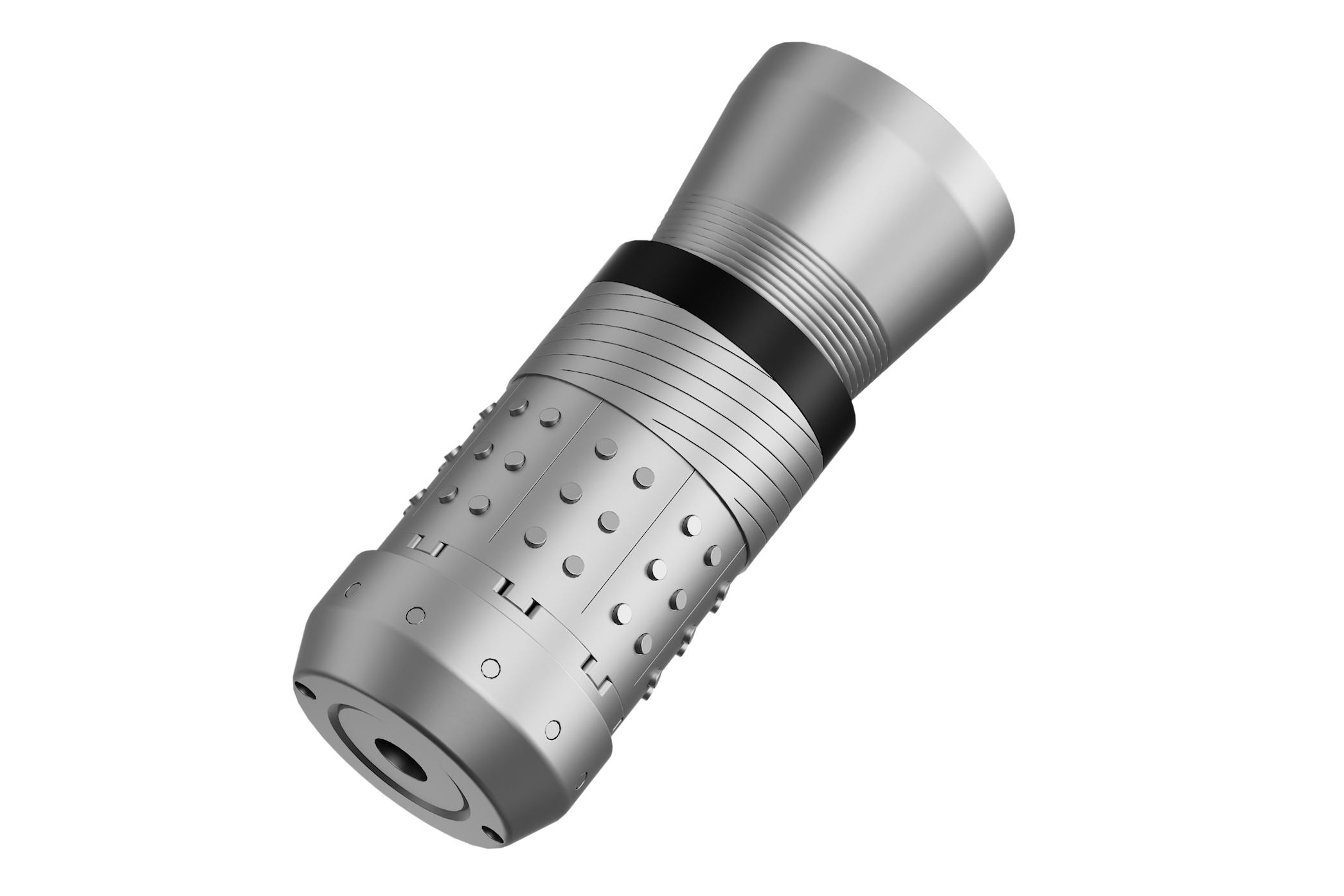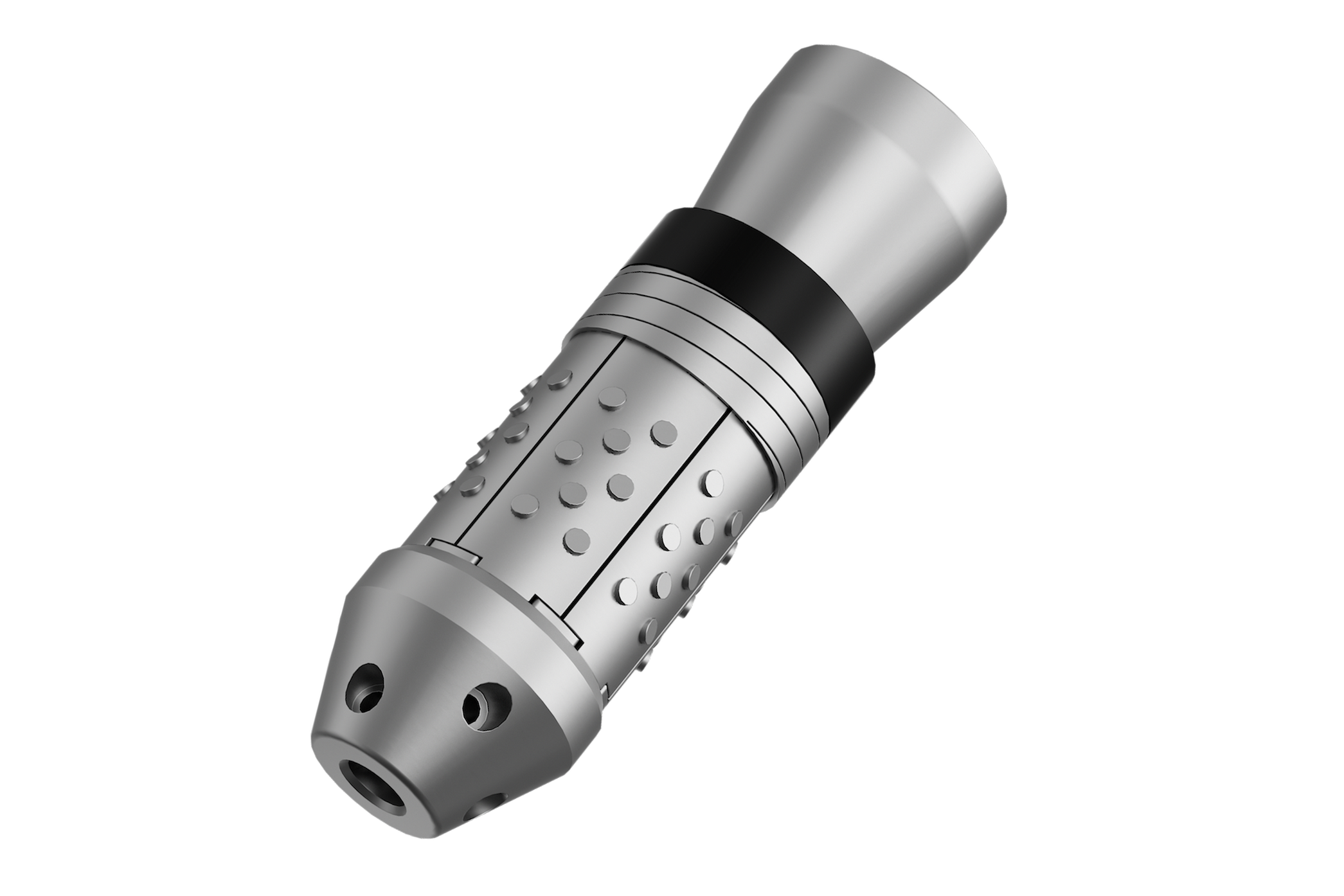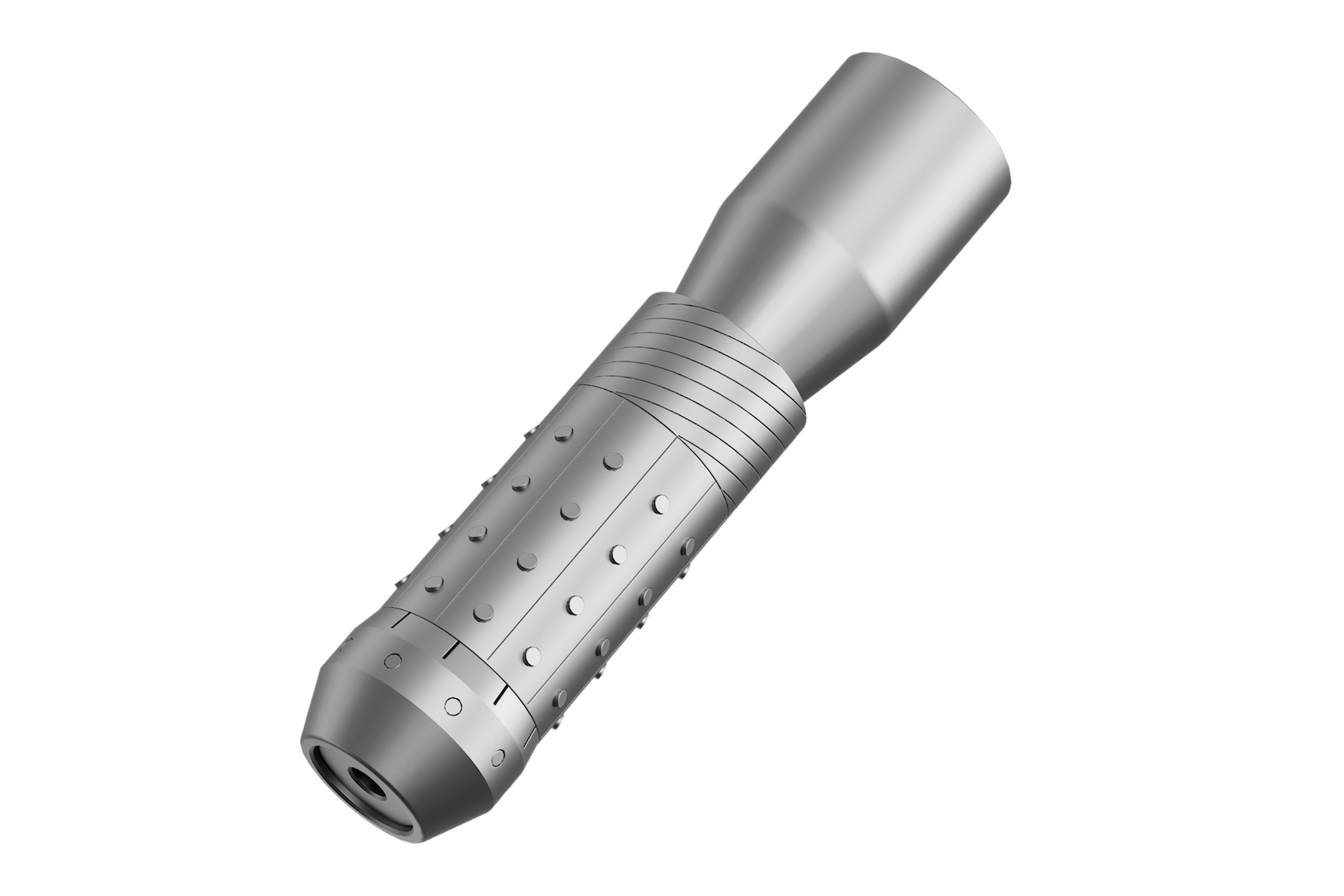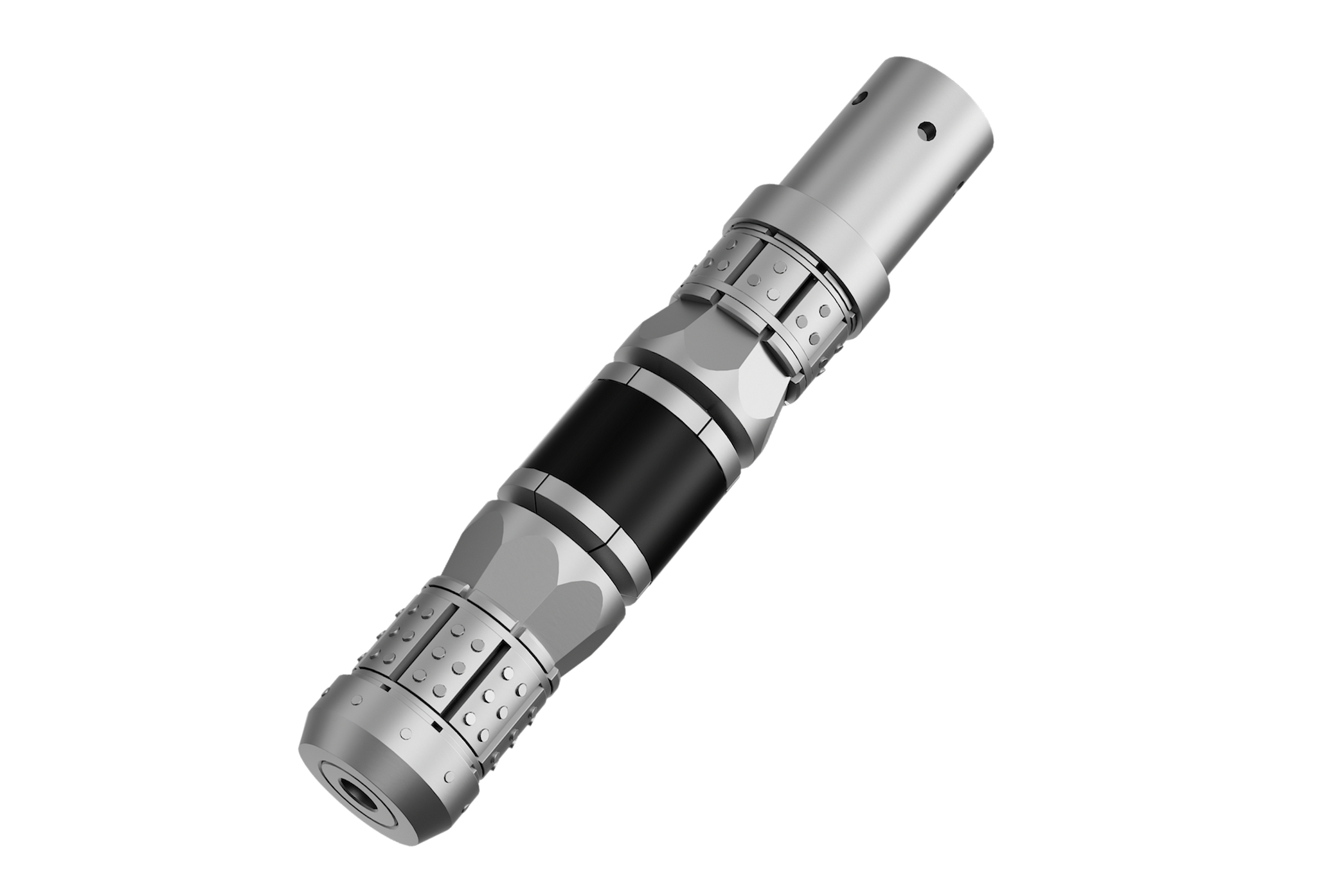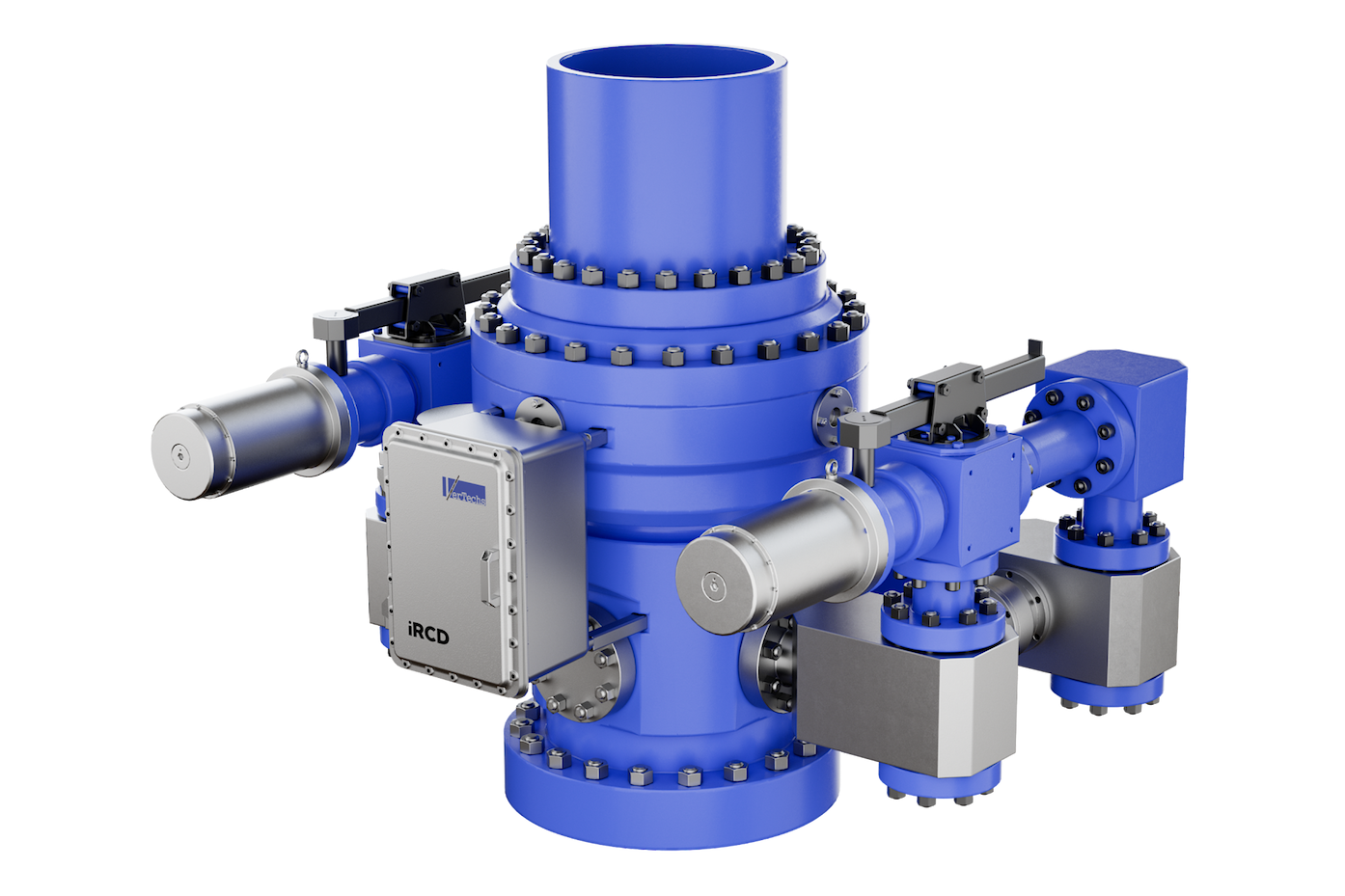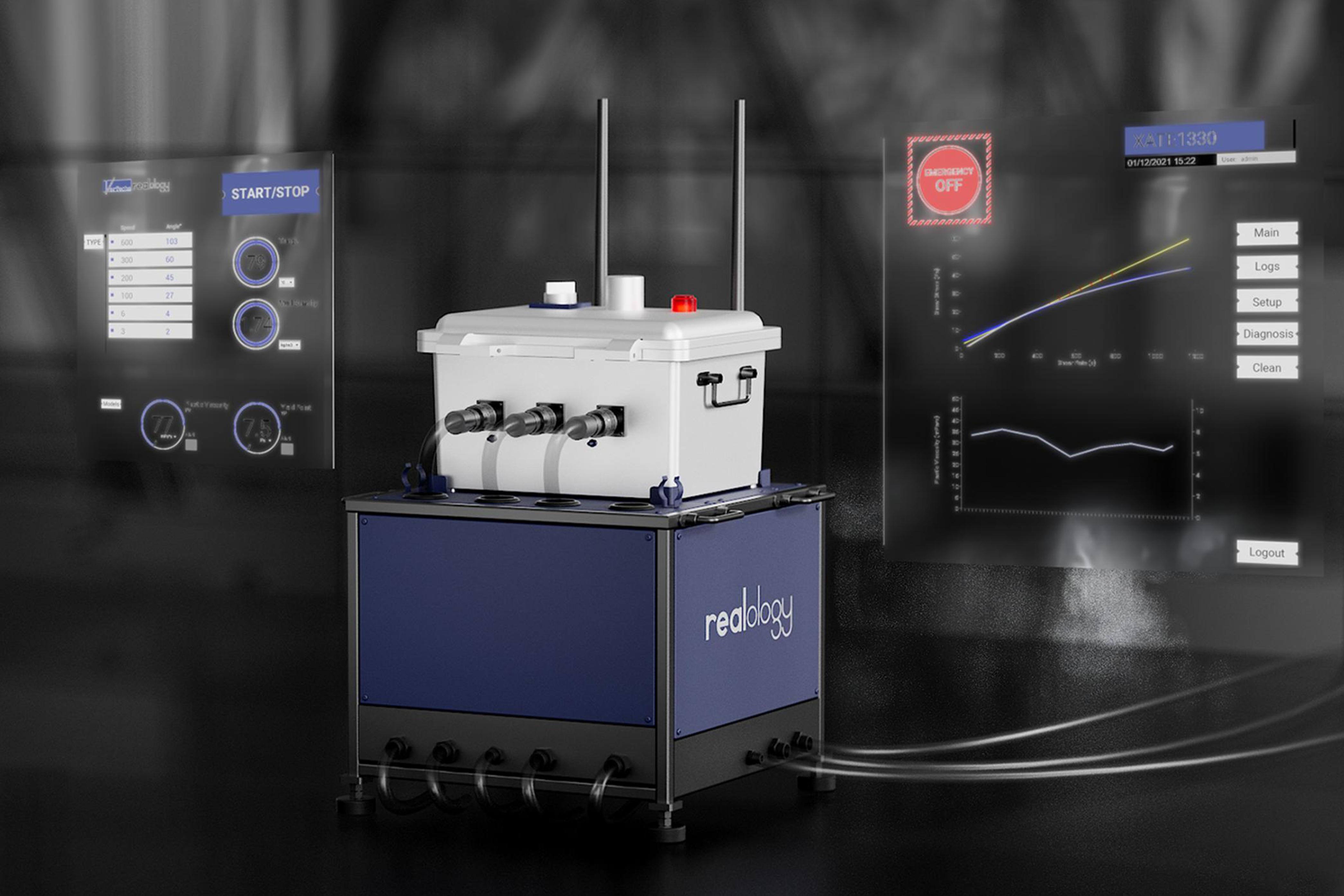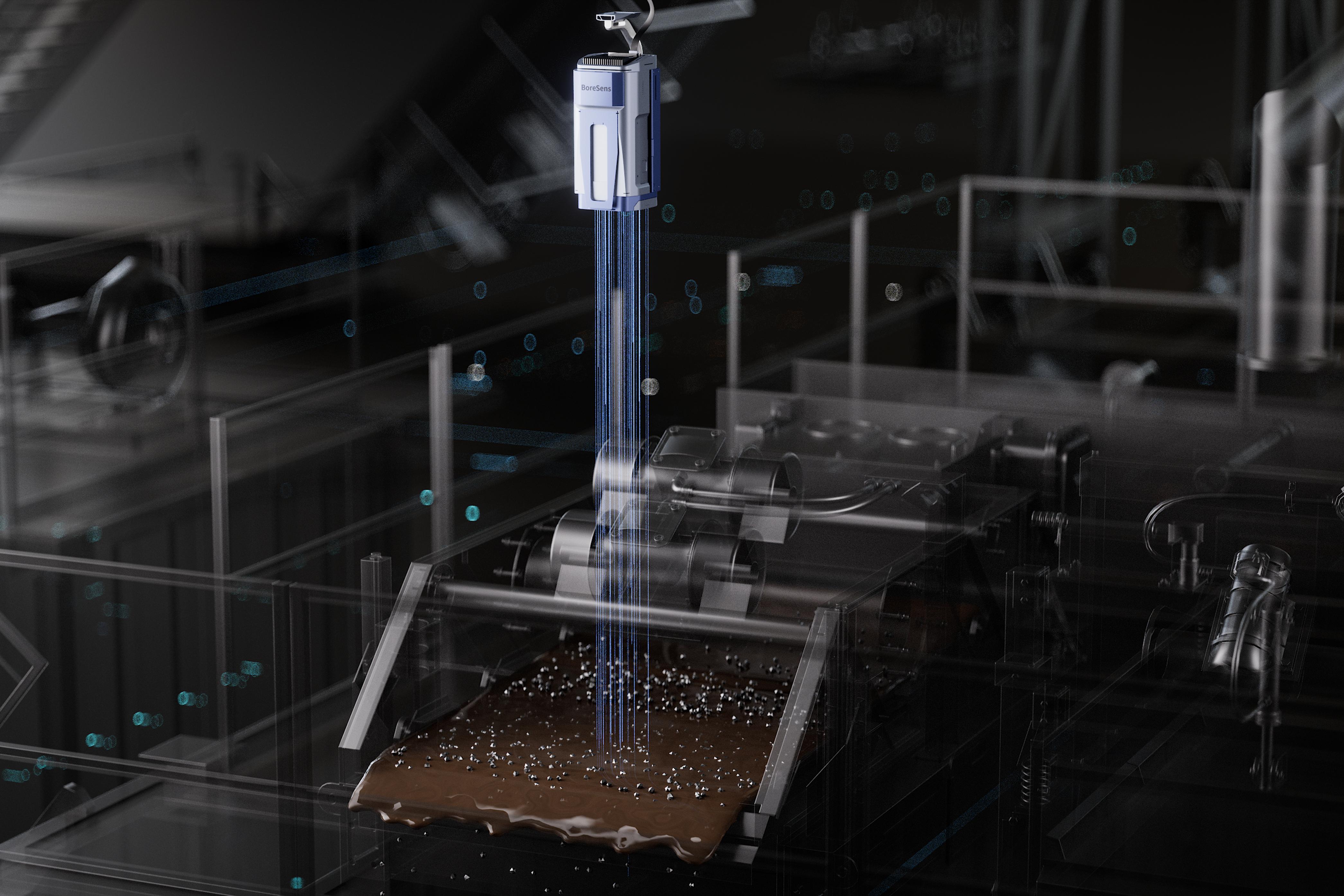How Fluid Rheology Affects Wellbore Stability in Drilling Operations
2025-10-17

Stability of the wellbore is one of the most vital elements for oil and gas drilling and, at the same time, a critical aspect for successful operations. A wellbore that is stable is easy to drill, and thus costs are lower and non-productive time is also reduced. One of the most significant factors contributing to the stability of the wellbore is the fluid rheology. Fluid rheology defines the characteristics of drilling fluids in terms of temperature, pressure, and shear rate. It is a must to comprehend and regulate fluid rheology if you want to keep wellbore integrity, collapse prevention, and slow but sure cuttings transport.
What Is Fluid Rheology?
Fluid rheology is a field of study that investigates the behavior of fluids in terms of flowing and deforming when a force is applied to them. It is a study of drilling operations, which includes issues like viscosity, yield stress, and gel strength of drilling fluids. These attributes decide the behavior of the mud within the wellbore, which is the most uncomfortable place, especially in the circulating and static conditions.
Drilling fluids are nothing like ordinary liquids—they are very complicated mixtures consisting of the base fluid, solids, and chemicals. The rheological behavior of these fluids impacts the whole drilling process, ranging from cuttings transport to pressure control. Engineers not only design fluids with specific rheological arguments but also understand their needs and limitations based on well parameters like depth, temperature, formation type, and expected pressure gradients.
The Connection Between Fluid Rheology and Wellbore Stability
The bond between fluid rheology and wellbore stability is direct and of great magnitude. Mismanagement of the drilling fluid's rheological characteristics can cause the most severe and even more insidious wellbore errors, such as washouts, the sticking of pipe, or blowouts. Let us analyze the interaction of these two factors.
Pressure Control
Wellbore stability is largely determined by the pressure balance that has to be maintained between the drilling fluid and the formation. A fluid having wrong rheological properties will cause pressure variations to occur that will eventually bring about the destabilization of the wellbore. For instance, if the viscosity is insufficient, then hydrostatic pressure might not be enough to hold back the formation fluids from entering the wellbore, thus leading to kicks or blowouts. On the other hand, the very high viscosity can bring about putting too much stress on the formation to the extent that it fractures, and then the drilling fluid is lost (i.e., lost circulation).
Cuttings Transport
Most of the drilling fluid's efficacy in getting rid of the cuttings from the well shall be guessed by its rheology. Good fluid rheology will make sure that the cuttings get right to the surface, thus preventing them from getting into the way at the bottom of the well. If the cuttings drop down, they might cause a blockage in the annulus, which in turn will make the drilling operation harder by increasing the chance of using the whole wellbore area for any formations that have fluid pressure higher than the wellbore and getting the pipe stuck or the wellbore collapsing, both of which are a direct threat to wellbore stability.
Wellbore Cleaning During Static Conditions
When the circulation of the drilling fluid is halted during either connections or tripping, the drilling fluid needs to have a gel strength high enough to prevent the cuttings and weighting material from settling down. If the gel strength is not enough, the built-up solids will settle at the bottom, which will lead to uneven pressure and, consequently, an area that could potentially get blocked. In contrast, the excessive gel strength could even cause the reestablishment of the circulation to be very hard, thus creating surge as well as swab pressures that may result in the wellbore being even more unstable.
Impact of Temperature and Pressure on Fluid Rheology
The conditions underground are very abnormal—temperatures can reach more than 150°C, and the pressure can be thousands of psi. These conditions have a very large influence on the fluid rheology, usually reducing viscosity and changing the flow characteristics. The increase in temperature will cause most of the fluids to become less viscous, which in turn could lead to hole cleaning not being done properly or hydrostatic pressure being insufficient. Hence, it is the task given to the drilling engineers to come up with the fluids that will keep the rheological properties stable throughout the full spectrum of downhole conditions.
Use of Syn-dra or OBM in wellbore cleaning and maintenance is common in HPHT areas due to the ability of those fluids to ensure proper temperature control and constant rheological behavior. The water-based muds cannot compete with the thermal stability and rheology of the mentioned fluids in such operations. This is why mud selection in HPHT wells is so critical, as the wrong mud could lead to all the aforementioned problems, such as shale swelling, collapse, or erosion.
Optimizing Fluid Rheology for Wellbore Stability
Controlling fluid rheology is a combination of science and artistic ability. Engineers manage mud properties by altering the composition and concentration of additives like viscosifiers, weighting agents, and polymers. Below are the practices one should follow in order to optimize the rheology and thus make the wellbore stable:
Regular Monitoring and Testing
The continuous testing of plastic viscosity, yield point, and gel strength helps keep the fluid characteristics in the desired range. Good real-time rheology monitoring systems can identify changes early and thus help prevent wellbore instability.
Adjusting for Hole Cleaning Efficiency
The rheological profile must find a good balance between providing enough carrying capacity at low rates and not losing too much pressure in friction. Engineers usually rely on rheological models such as the Bingham Plastic, Power Law, or Herschel-Bulkley models to estimate the flow behavior under different conditions.
Managing ECD and Pressure Balance
It is necessary to have the right balance between mud weight and rheological properties to ensure proper pressure distribution. The use of viscosity optimization in this manner will control ECD and, at the same time, reduce the risk of formation fracturing or influx.
Temperature-Resistant Additives
The use of temperature-stable polymers and thinners facilitates the retention of consistent fluid rheology even in hot, deep wells. This is important because it allows the mud to sustain wellbore stability throughout the entire process of drilling.
Consequences of Poor Rheology Control
Improperly managed fluid rheology can lead to some very serious consequences indeed:
Collapse of Wellbore: The formation stresses take their toll on the borehole wall when either the pressure is insufficient or the gel strength is too weak.
Lost Circulation: Thick or viscous fluids raise the ECD too much, and the formations get fractured.
Stuck Pipe: There is poor cutting removal or differential sticking that occurs because of the uneven pressure distribution.
Formation Damage: Mud invasion, if uncontrolled, can make the formation less permeable, which will impact its productivity.
All these problems not only put the stability of the wellbore at stake but also add to the operational costs and risks.
Future Developments in Fluid Rheology Control
The development of new drilling technology has opened up the way for the emergence of new methods that will facilitate the management of fluid rheology. Research work is being done on the manufactured smart drilling fluids that will be able to self-adjust their viscosity according to the conditions in the well. The use of nanoparticles and responsive polymers that change their structure with temperature or shear rate is the basis for these fluids. Furthermore, nowadays, machine learning models are assisting the engineers in predicting the rheological behavior much more accurately, which ensures proactive well control and consequently, improved wellbore stability.
Conclusion
In conclusion, fluid rheology is the main factor in controlling the wellbore stability over the entire drilling operation cycle. The right rheological properties to be controlled will help in being successful with pressure management, cuttings transport, and borehole integrity. If one overlooks this very important connection, it can result in expensive wellbore failures and safety risks. The more complicated the drilling environments get, the more knowledge of fluid behavior will be the basis of safe, stable, and successful well construction.
Read Our One More Blog(1): Top Benefits of Managed Pressure Drilling for Deepwater Operations
Read Our One More Blog(2): How to Control and Prevent Loss Circulation in Oil & Gas Drilling


